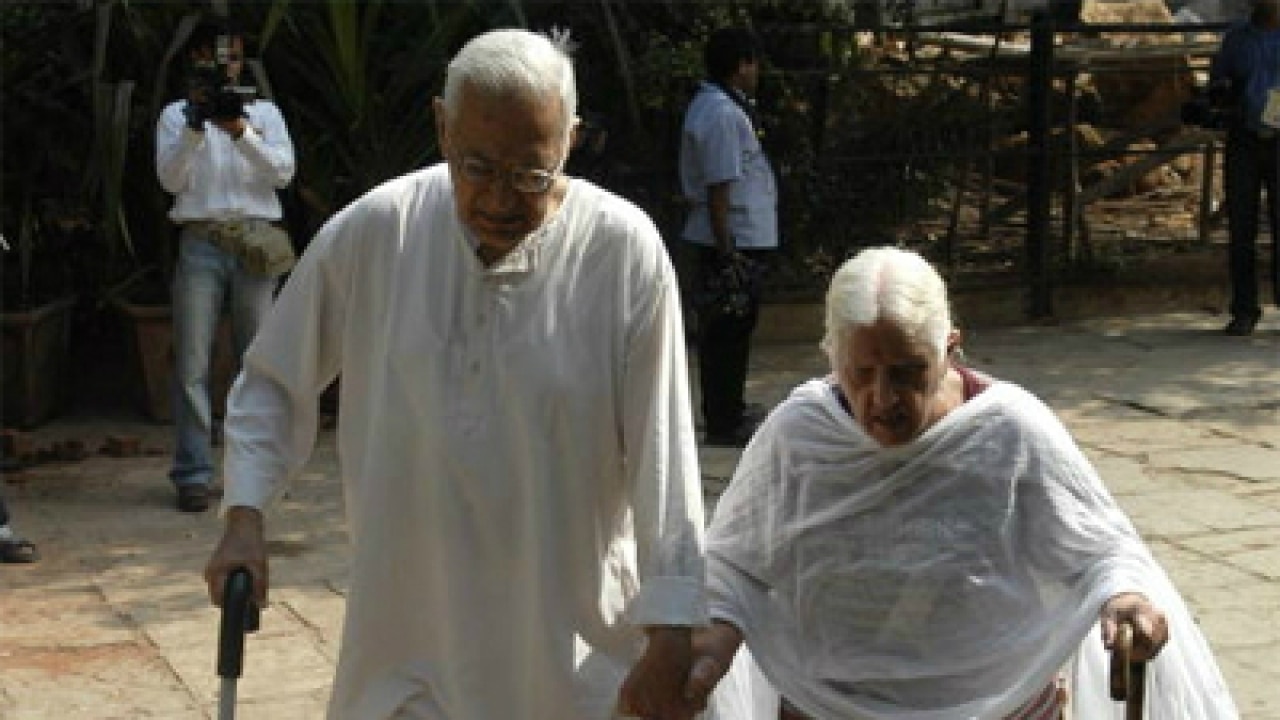
Picture this: My father, his best friend and I are chilling over glasses of single malt in the living room during his recent visit. My father brings up a development project in Calcutta that sounds interesting which has state-of-the-art facilities plus an on-call doctor and on-site nurse, fully serviced apartments from cleaning to linen changes and cooks. My uncle looks at him askance and says disdainfully, “You’re just describing one of those new-fangled old age homes. That’s not for me.” My father doesn’t press the point, but it appears clear that he is in favour of such a residential arrangement for himself, at the right time of course.
I’m left a little bewildered by this exchange. Like most of the families I know, we’re a nuclear family – I grew up with mom and dad, moved abroad, and now live in India with my own nucleus in a different city from my parents. Coincidentally, my brother and his wife and kid also live in my city. My parents, though, are happily entrenched in Calcutta, living the golf club life while still actively working. They’re in their mid-60s and have no intention of retiring – not in this lifetime anyway by the looks of it. We all know that at some point they will need to be minded though. It never occurred to me that I would not be the one doing the minding, although I hadn’t considered the possibility of moving to their city to do it. I just assumed they’d come to me. All of this got me thinking - what are the options today for the elderly when they reach that stage of becoming dependent?
With the descent of the joint family concept, with more and more seniors remaining active for much longer and preferring to be close to their own lifelong friends and communities, and with more children leading increasingly hectic lives where both spouses earn and with no experience of caring for an elderly person, there is a gradual erosion of the tradition of family support in India.
Read: 90% of India's elders work to survive
Here's some interesting data in this area. In the Global Age Watch Index 2014, India ranks 71st out of 96 countries on elderly (60 years plus) care. We have the second highest population of elderly people in the world, projected to rise to 12% of the total population by 2020. Therefore, under some definitions, we are an ‘ageing population’. 80% of our elderly are in rural areas with 40% below the poverty line and over 73 % illiterate. Scarily, about 90 % of them have no official social security (i.e. no PF, gratuity, pension, etc). 73 % of deaths among the elderly are related to heart disease, smoking and cancers. 20% of doctor’s visits, 30 % of hospital days and 50% of bedridden days are ascribed to elderly patients. So our elderly require many levels of care in inaccessible locations.
Who is going to look after all these people and who is going to pay for their care? A universal health insurance and pension scheme would certainly be a welcome move in our country and several advocacy groups have been working towards promoting a governmental policy on this.
Related read: The challenge of caregiving- Can we develop better support systems for the elderly?
For those who can afford it, particularly in the urban areas, one option is the many ‘new fangled old age homes’ out there. These are often termed ‘retirement resorts’ with round-the-clock ‘assisted living’ facilities. The arrangement involves the elderly staying permanently at a residential facility for a monthly charge that can range from Rs 4000 to Rs 30,000 and several lakh of rupees as deposits. Waiting lists for the more affordable rooms and the free homes (only a few hundred at last count in the whole country) run into hundreds. Companies like Aamoksh and Signature have significant investments in this space. Many old folk though prefer to continue to live at home for as long as is possible. For such people, companies such as Portea and ElderAid provide different packages of care, from nursing to paying the bills, depending on the level of support required.
For those who can’t afford to pay for these homes, the dismal government funding is a continuing problem. NGOs such as HelpAge India, Agewell India and Dignity Foundation provide support but rely on charitable funding to sustain their care levels.
Recently, I heard a horror story about a grand-aunt of mine who I was quite close to as a child. I remember, she used to make paneer ladoos for me. One of her sons was settled abroad and another in North India. When she became too old to care for herself, and possibly too much of a burden, the son flew in from abroad and dumped her on the threshold of the son in North India. The latter didn’t even bother to open the door for his unwelcome visitor. On the opposite end, I see my uncle and aunt care for my fragile grandmother through fall after fall, illness after illness, with never a murmur of complaint about the toll it may take on their own health and lifestyle. In either event, this is a stark rejoinder to us all to make appropriate arrangements well in time for our own care.
The author is a Consultant CFO, qualified CA and a Law graduate from Trinity College, Dublin. She has several years experience in working with organisations in the profit and not-for-profit sector. A trained martial artist, she is passionate about the empowerment, education and safety of women and children.